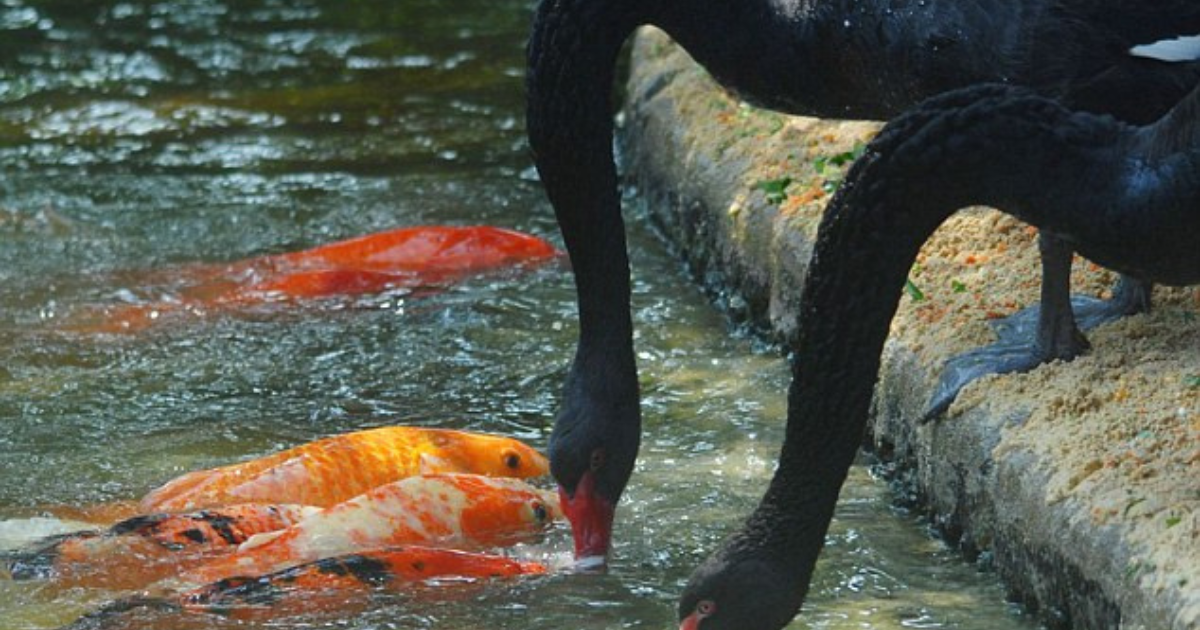What Do Swans Eat? A Comprehensive Guide To Their Diet
ScienceSwans are among the most graceful and majestic birds you’ll ever encounter. With their elegant glides across serene lakes and their striking white feathers, they capture our imagination and admiration. But have you ever wondered what these beautiful birds eat to maintain their grace and size? In this blog, we’ll explore the diet of swans, looking at their eating habits, preferred foods, and how they find nourishment in the wild.
Understanding Swans’ Diet
Swans are omnivores, which means they eat both plant and animal matter. Their diet can vary depending on the season, their habitat, and what’s available in their environment. Generally, swans feed on a mix of aquatic plants, small invertebrates, and occasionally small fish. Let’s break down their diet into key components to understand what these stunning birds consume.
Aquatic Plants
A major part of a swan’s diet consists of aquatic plants. Swans are particularly fond of the following types:
- Water Lilies: These floating plants are a favorite for many swans. They graze on the leaves and roots, which provide them with essential nutrients.
- Duckweed: This tiny, floating plant is high in protein and easily digestible. Swans often scoop it up from the water’s surface.
- Reeds and Grasses: Swans munch on various types of reeds and grasses growing in and around their aquatic habitat. These plants are high in fiber and help with digestion.
- Algae: During the warmer months, swans might consume algae, which offers a good source of vitamins and minerals.
Small Invertebrates
In addition to plants, swans also eat small invertebrates that they find in the water. These include:
- Insects: Swans sometimes catch insects such as water beetles or larvae. These small creatures are rich in protein and other nutrients.
- Worms: Aquatic worms are another protein source. Swans use their long necks to reach down into the mud to find these wriggling snacks.
- Mollusks: Snails and other mollusks are also on the menu. Swans filter these from the water, consuming both the mollusk and any algae or other food associated with them.
Fish And Other Small Animals
While not a primary food source, swans might occasionally eat small fish or amphibians. This behavior is more common in certain species or if plant food is scarce. They use their beaks to catch small fish or tadpoles, providing a protein boost to their diet.
Foraging Behavior
Swans are known for their unique foraging behavior. They use their long necks to reach down to the bottom of ponds and lakes, where they can pull up aquatic plants. They also tip their bodies into the water, using their beaks to scoop up plants and small invertebrates. This behavior is called “head-down” feeding and is essential for accessing food that is not readily available at the surface.
Seasonal Changes In Diet
Swans’ diets can change with the seasons. In the spring and summer, when aquatic plants are plentiful, swans primarily feed on these plants. In the fall and winter, when food is scarcer, they may rely more on stored fat reserves and the occasional small animal or invertebrate. During these colder months, swans might also migrate to areas where food is more abundant.
Feeding Habits And Social Behavior
Swans are social birds, often seen in pairs or small groups. They usually feed together, and their feeding habits can sometimes influence the feeding behavior of other waterfowl around them. Swans have been observed using their beaks to stir up the mud in shallow waters, which can help other birds find food.
How Do Swans Find Food?
Swans are highly skilled foragers. Their keen eyesight helps them spot food in the water, and their ability to dive and tip their bodies allows them to access a wide range of aquatic plants and animals. They also have strong, webbed feet that help them move through the water with ease, making it easier to find and gather food.
Importance Of A Balanced Diet
A balanced diet is crucial for the health of swans. Aquatic plants provide essential nutrients, while small invertebrates offer protein. Maintaining a varied diet helps swans stay healthy, strong, and energetic. It also supports their breeding and migration activities.
How Humans Can Help
In some areas, people feed swans, especially in urban parks. However, it’s important to be cautious about what you feed them. Bread and other processed foods are not suitable for swans and can harm their health. Instead, if you want to feed swans, offer them appropriate foods like leafy greens or specialized bird feed that mimics their natural diet.
Conclusion
Swans are fascinating birds with diverse diets that reflect their adaptability and grace. From aquatic plants and small invertebrates to the occasional small fish, their diet helps them maintain their majestic presence. By understanding what swans eat, we can better appreciate these beautiful creatures and ensure they continue to thrive in their natural habitats.
